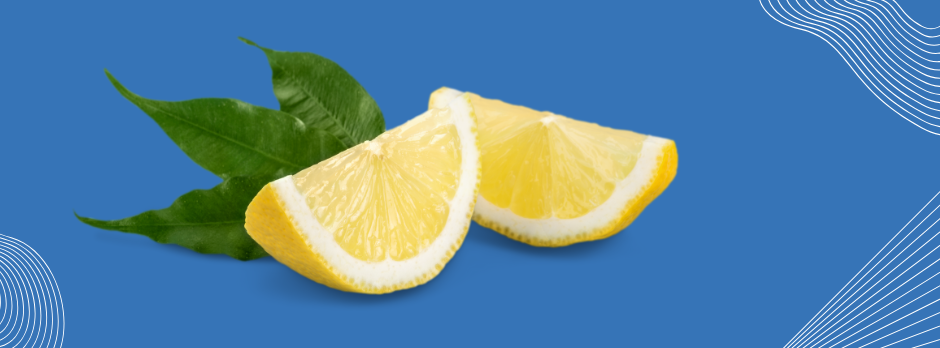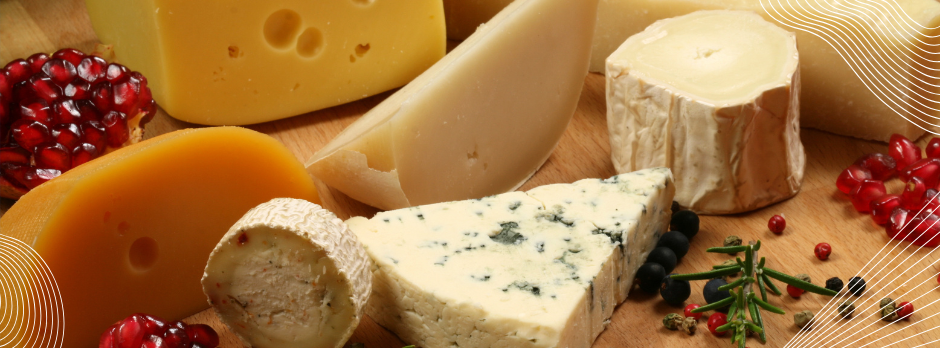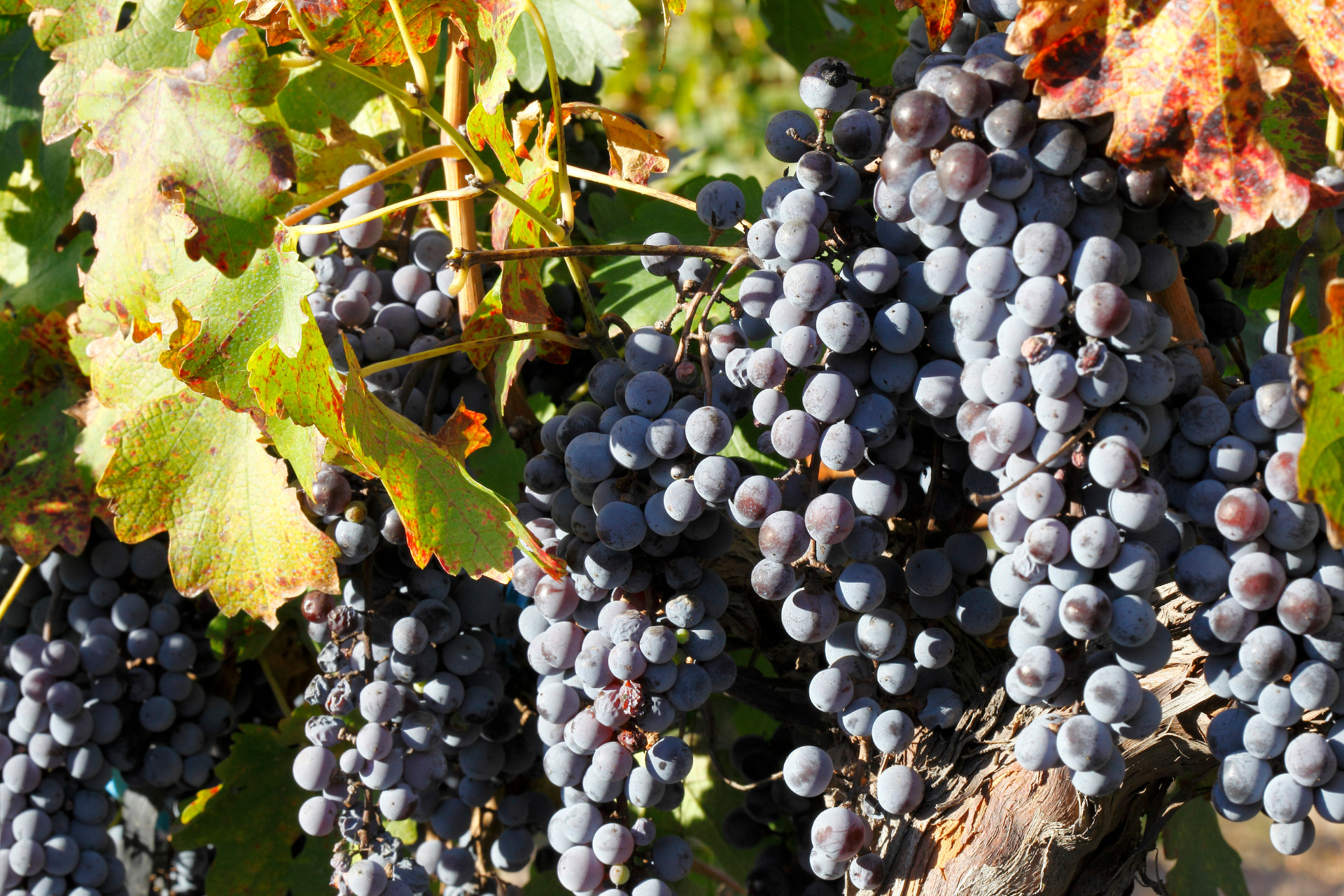What Should I Consider When Pairing Wine with Food?
What Should I Consider When Pairing Wine with Food?
Unlocking the Secrets to Exceptional Wine and Food Harmony

Pairing wine with food is an art, a science, and, above all, a sensory experience.
The right combination can elevate a meal from enjoyable to extraordinary, transforming both the food and the wine into something far greater than the sum of their parts.
But what exactly should you consider when selecting the perfect wine for your meal?
Whether you're preparing a formal dinner party or hosting a casual get-together with friends, understanding the fundamentals of food and wine pairing can enhance your hosting game and give your guests a truly memorable experience.
In this guide, we’ll walk you through the principles, traditions, and creative freedom involved in pairing wine with food.
1. Why Wine Pairing Matters
Wine isn’t just a beverage—it’s a complement to your meal that can enhance flavours, contrast tastes, and balance textures.
A great pairing brings out the best in both the food and the wine.
For instance, a crisp Sauvignon Blanc can highlight the herbal elements of a fresh salad, while a bold Cabernet Sauvignon can add richness and depth to a juicy steak.
On the flip side, a poor pairing can overpower a delicate dish or clash with key ingredients.
That’s why thoughtful wine pairing is more than tradition—it's about balance, harmony, and the enhancement of the overall dining experience.
2. The Classic Rules of Wine Pairing
You’ve likely heard the golden rule:
- Red wine with red meat
- White wine with white meat and seafood
This basic guideline is a good starting point, rooted in centuries of European culinary tradition.
Red wines like Shiraz, Merlot, and Cabernet Sauvignon have tannins—compounds that create structure and grip in your mouth—which pair well with the rich fats found in red meat.
White wines such as Riesling, Pinot Grigio, and Chardonnay offer acidity and lightness, which work beautifully with the delicate flavours of poultry, fish, and vegetarian dishes.
But wine pairing isn’t a rigid formula.
While these foundational rules can guide you, modern food culture encourages flexibility, creativity, and personalization.
3. Balance Is Key: Weight and Body
When pairing wine and food, consider the weight of both.
Hearty dishes call for full-bodied wines, while lighter fare is best matched with lighter wines.
Think of this as keeping the scale balanced—if either the wine or the dish outweighs the other, it throws off the harmony.
- Light-bodied wines (e.g., Pinot Noir, Sauvignon Blanc) pair well with salads, fish, and chicken.
- Medium-bodied wines (e.g., Sangiovese, Merlot) complement pasta dishes, pork, and grilled vegetables.
- Full-bodied wines (e.g., Shiraz, Zinfandel) are ideal for red meats, aged cheeses, and rich stews.
Matching intensity ensures that neither the wine nor the food overwhelms the palate.
4. Consider Flavour Profiles
Every wine has its own flavour profile—fruity, earthy, spicy, oaky, or floral.
Matching these characteristics with your meal can create delightful synergies.
Here are a few classic examples:
- Citrusy Sauvignon Blanc with goat cheese or asparagus-based dishes
- Oaky Chardonnay with buttery lobster or creamy pastas
- Earthy Pinot Noir with mushrooms or duck
- Spicy Shiraz with grilled meats and smoky BBQ
Alternatively, contrasting profiles can also work. A sweet wine like Riesling can cool down a spicy Thai dish, creating a beautiful balance of heat and sweetness.

5. Acidity Is Your Friend
Acidity in wine is like a squeeze of lemon—it lifts and brightens food.
High-acid wines work well with rich, fatty, or salty dishes because they cut through the heaviness and refresh the palate.
For example:
- A high-acid Champagne pairs wonderfully with fried foods like tempura or fish and chips.
- A zesty Albariño enhances shellfish and ceviche.
- Chianti (Sangiovese-based) works perfectly with tomato-based Italian dishes, thanks to its acidity complementing the tang of the sauce.
6. Understanding Tannins and Texture
Tannins are compounds in red wine that create a drying sensation in the mouth.
They’re particularly important when pairing with protein-rich foods.
- High-tannin wines (Cabernet Sauvignon, Nebbiolo) soften when paired with red meat, thanks to the interaction between tannins and protein.
- But when paired with spicy dishes or seafood, tannins can become harsh and metallic.
This is why Pinot Noir, which is low in tannins, is sometimes a surprising yet delightful match for richer seafood like crab or tuna.
7. Sweetness and Spice: A Balancing Act
Sweet wines often get overlooked, but they have a key role in balancing spicy, salty, or strong-flavoured dishes.
- Off-dry Rieslings and Gewürztraminers go beautifully with spicy Asian cuisine. The slight sweetness calms the heat while enhancing the dish’s complex flavours.
- Moscato pairs well with salty snacks like prosciutto or blue cheese, creating a sweet-and-salty contrast that dances on the tongue.
- Dessert wines like Port or Sauternes shine with strong cheeses, chocolate, or rich pâtés.
8. Match the Sauce, Not Just the Protein
When selecting a wine, it’s not just the main ingredient you should consider—it’s the preparation and the sauce.
A grilled chicken with lemon butter sauce will need a very different wine than the same chicken served with a spicy curry.
- Tomato-based sauces call for acidic reds like Sangiovese or Barbera.
- Creamy sauces go well with full-bodied whites like Chardonnay.
- Sweet and spicy sauces pair beautifully with aromatic whites like Riesling.
Always ask yourself: what’s the dominant flavour on the plate?

9. Cheese and Wine: A Match Made in Heaven
While cheese and wine are a classic combo, not all pairings are created equal.
Rich cheeses can clash with certain wines if you're not careful.
- Aged cheddar goes well with bold reds like Cabernet Sauvignon.
- Brie or camembert pairs wonderfully with a Champagne or a lightly oaked Chardonnay.
- Goat cheese sings with Sauvignon Blanc.
- Blue cheese finds its soulmate in a sweet wine like Port or Sauternes.
Experimentation is key—sometimes opposites attract, and sometimes you need a match in intensity.
10. When to Stick with Tradition (and When to Break It)
For formal events—weddings, business dinners, or wine tastings—classic pairings are usually the safe choice.
They’re familiar, well-tested, and almost guaranteed to please a broad audience.
But when you’re hosting a casual dinner with friends, don’t be afraid to experiment!
Try new pairings, ask your guests to bring their favourite wine, or even design a tasting menu where each course explores a different wine and food match.
You might just discover a combination that becomes your new go-to favourite.
11. Tips for Hosting a Wine-Paired Meal
- Start light, end bold: Begin your meal with lighter wines and dishes, building up to more robust ones.
- Offer variety: Provide a few wine options to suit different tastes and allow your guests to explore.
- Serve at the right temperature: Chill whites (but not too much), and let reds breathe a little before serving.
- Use proper glassware: It’s not snobbery—glass shape can affect aroma and taste.
- Have fun: Don’t stress about being perfect. Wine is meant to be enjoyed, not overthought.
Conclusion: Trust Your Taste and Enjoy the Journey
At the end of the day, the best wine and food pairing is the one that makes you happy.
Your personal taste should always be your guide. While the traditional guidelines provide a useful foundation, some of the most delightful pairings come from moments of curiosity and creativity.
So whether you're planning a sophisticated multi-course dinner or sharing a cheese board and a bottle with friends, remember: wine isn't just something you drink—it's part of the experience.
Explore, experiment, and most importantly, enjoy.
Wine and Cheese Affair News


